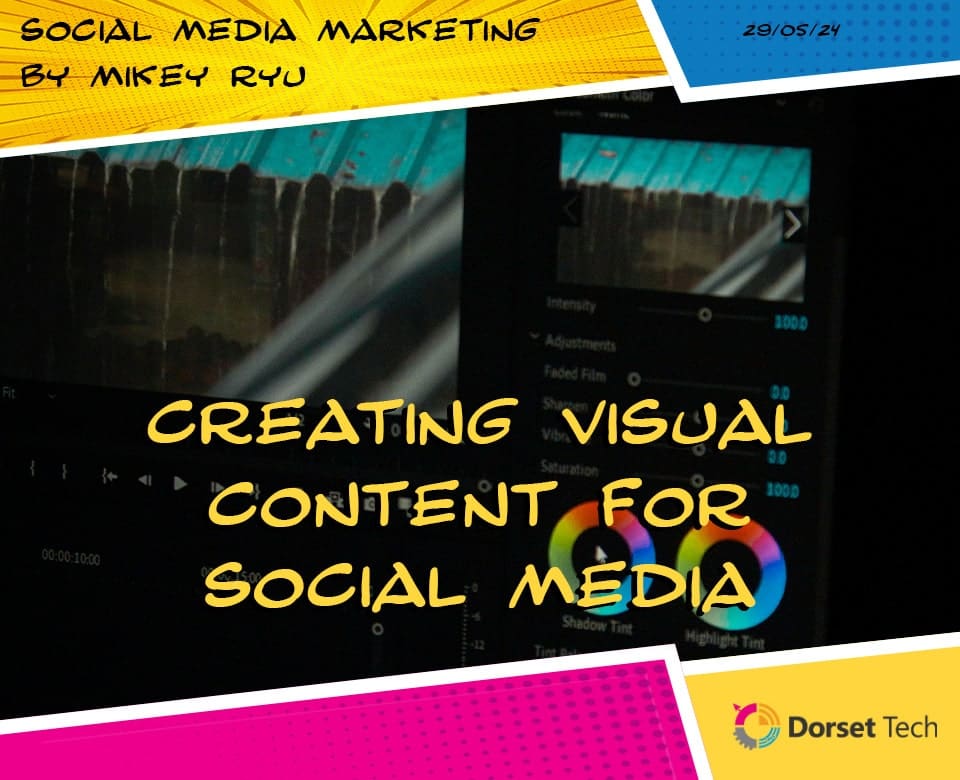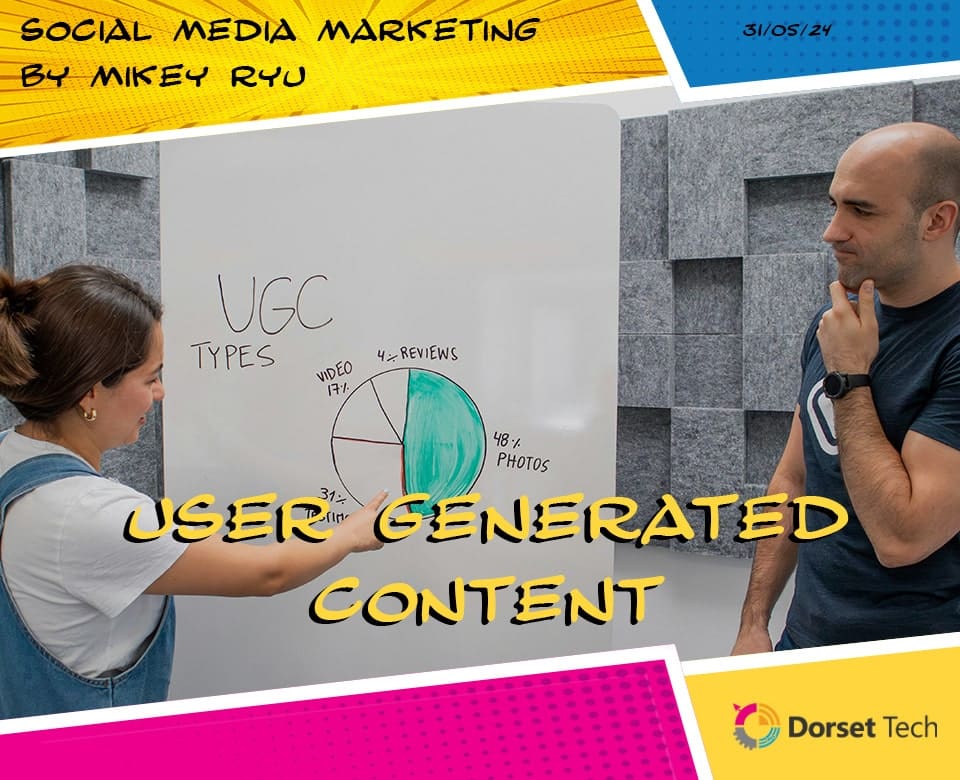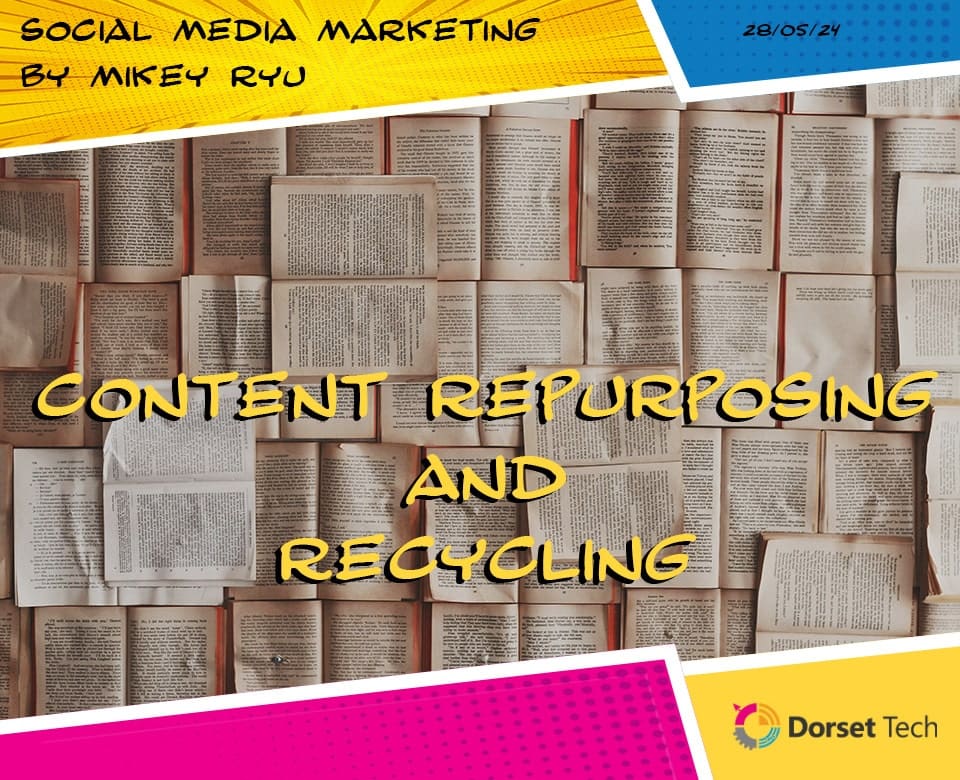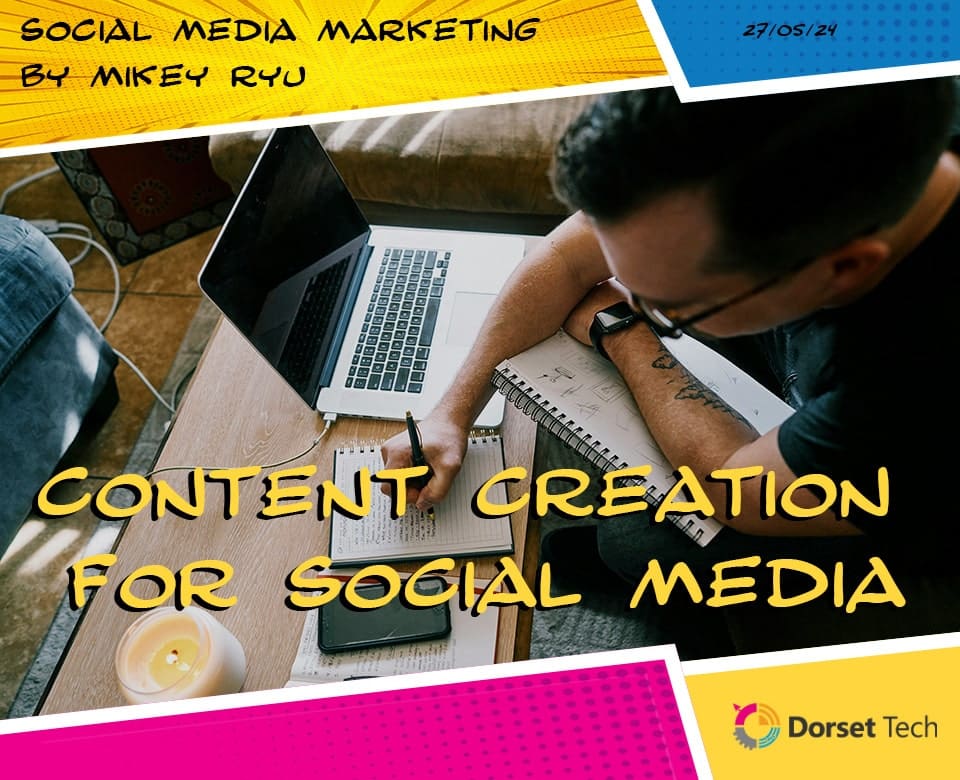
Creating Visual Content For Social Media
Visual content is a cornerstone of effective social media marketing. In a world where attention spans are short and competition for engagement is fierce, high-quality visuals can capture attention, convey messages quickly, and drive higher interaction rates. This blog will explore the importance of visual content in social media, the types of visual content you can use, and best practices for creating engaging visuals.
Importance of Visual Content in Social Media:
Visual content is crucial for social media success for several reasons:
Enhanced Engagement:
Posts with visuals receive significantly more engagement than text-only posts. Images, videos, and infographics are more likely to be liked, shared, and commented on, increasing your content’s reach and impact.
Quick Information Delivery:
Visuals can convey complex information quickly and effectively. Infographics, charts, and images can break down data and concepts into easily digestible formats, making it easier for your audience to understand and retain information.
Brand Recognition:
Consistent use of visual elements like logos, colours, and styles helps reinforce your brand identity. Visual content can make your brand more recognisable and memorable.
Emotional Connection:
Visuals can evoke emotions more powerfully than text alone. By using images and videos that resonate emotionally with your audience, you can build stronger connections and foster loyalty.
Increased Conversion Rates:
High-quality visual content can improve conversion rates by showcasing products effectively, demonstrating benefits, and providing social proof through user-generated content and testimonials.
Types of Visual Content For Social Media:
There are various types of visual content you can create to engage your audience on social media:
Images:
High-quality photos, graphics, and illustrations are essential for capturing attention. Use images to highlight products, share behind-the-scenes glimpses, or convey your brand’s personality.
Videos:
Videos are highly engaging and versatile. Create short clips, tutorials, product demos, or customer testimonials to convey your message dynamically.
Infographics:
Infographics combine visuals and text to present information clearly and concisely. They are ideal for sharing statistics, processes, and complex concepts.
GIFs and Memes:
These are great for adding humour and relatability to your content. They can quickly capture attention and encourage shares.
Live Streams:
Live video allows real-time interaction with your audience. Use live streams for Q&A sessions, product launches, or behind-the-scenes tours.
Stories:
Platforms like Instagram and Facebook allow you to share temporary content through Stories. Use this format for quick updates, polls, and interactive content.
User-Generated Content:
Encourage your audience to create and share their own content featuring your products or brand. Reposting user-generated content can build community and trust.
Best Practices for Creating Visual Content for Social Media:
To create effective visual content for social media, follow these best practices:
Know Your Audience:
Understand the preferences and behaviours of your target audience. Tailor your visual content to their interests and the platforms they use most.
Maintain Brand Consistency:
Use consistent colours, fonts, and styles to reinforce your brand identity. Ensure all visual content aligns with your brand’s voice and messaging.
Focus on Quality:
High-quality visuals are essential for making a positive impression. Invest in good design and photography, and avoid using low-resolution or unprofessional images.
Keep It Simple:
Simple and clean designs are often more effective than cluttered visuals. Focus on conveying your message clearly and avoid overwhelming your audience with too much information.
Use Captivating Headlines:
Pair your visuals with strong, attention-grabbing headlines. This combination can draw viewers in and encourage them to engage with your content.
Incorporate Calls to Action:
Encourage your audience to take action by including clear and compelling calls to action (CTAs) in your visuals. Whether it’s to visit your website, make a purchase, or share the content, CTAs guide your audience on what to do next.
Optimise for Each Platform:
Different social media platforms have different requirements and best practices for visual content. Ensure your visuals are optimised for each platform’s specifications and audience expectations.
Analyse and Adapt:
Continuously monitor the performance of your visual content. Use analytics to understand what works best and refine your strategy accordingly.
In conclusion, visual content is a powerful tool in social media marketing. By understanding its importance, leveraging various types of visuals, and following best practices, you can create engaging and effective content that captures attention, drives engagement, and strengthens your brand’s presence across social media platforms. Embrace the power of visuals to connect with your audience and achieve your marketing goals.























